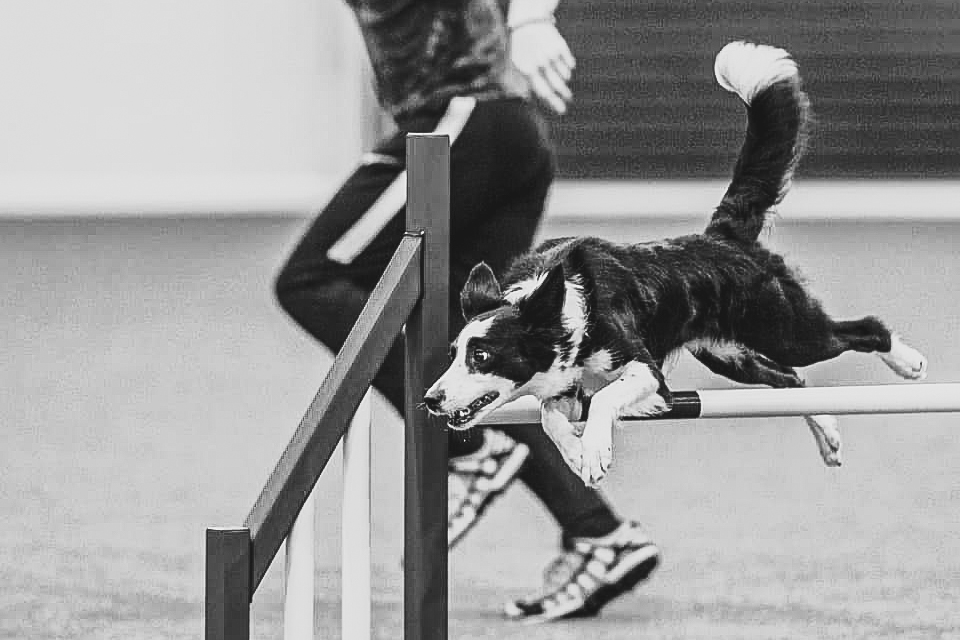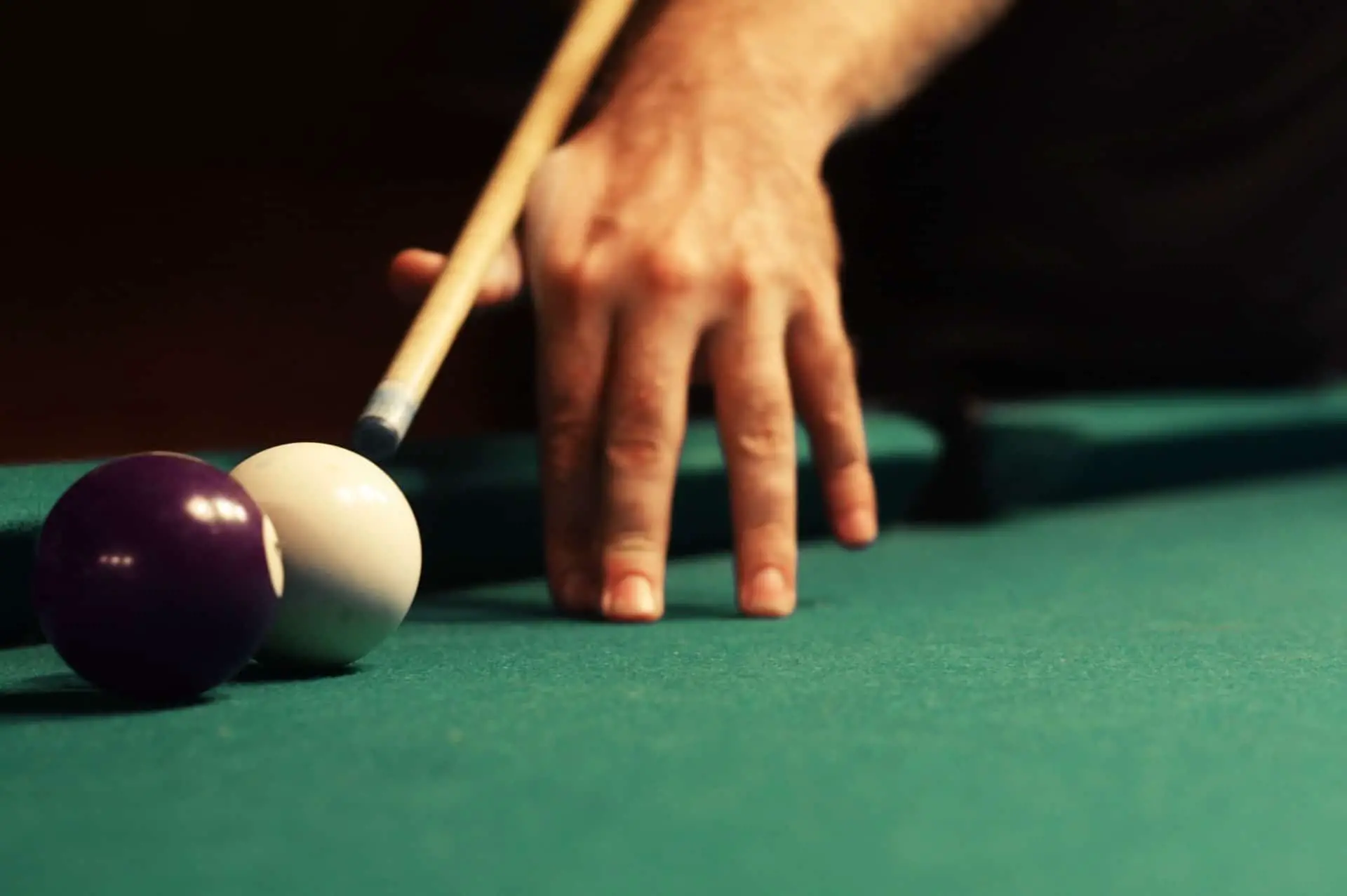DJ Jump Cues: Master The Art Of Seamless Transitions & Mixing!
Is the ability to seamlessly transition between tracks the hallmark of a truly skilled DJ? Absolutely. The strategic use of jump cues is not just a technique, it's a fundamental pillar upon which polished, captivating performances are built.
In an industry where innovation is constant, and the quest for the perfect mix never ends, DJs must consistently hone their craft. One critical element often overlooked, yet foundational to DJ excellence, is the effective utilization of jump cues. These seemingly small markers are, in fact, the keys to unlocking flawless transitions and keeping an audience enthralled. By mastering jump cues, DJs can not only elevate their mixes but also amplify their impact on the dance floor, turning good sets into unforgettable experiences. This deep dive into the world of jump cues promises to equip you with all the necessary knowledge to make informed decisions and ultimately, transform your DJ sets.
This in-depth exploration will delve into the core of jump cues, covering everything from their basic functionality to advanced techniques that will take your DJing to new heights. Whether you are a rising star or a seasoned pro, understanding jump cues is vital for crafting memorable performances.
- Stray Kids A Complete Guide To The Kpop Phenomenon
- Movierulz Risks Kannada Movies Safe Movie Streaming Alternatives
Table of Contents
- Understanding Jump Cues
- Why Jump Cues Matter in DJing
- Exploring the Different Types of Cues
- Selecting the Best Jump Cue for Your Set
- Optimizing Your DJ Setup for Jump Cues
- Maximizing Jump Cues in Your Performance
- Avoiding Common Pitfalls with Jump Cues
- Advanced Techniques for Jump Cue Mastery
- The Role of Jump Cues in Live Performances
- Future Innovations in DJ Jump Cues
Understanding Jump Cues
At its most basic, a jump cue acts as a digital bookmark within a song, enabling DJs to instantly access specific moments within the track. Think of it as a fast-forward button with pinpoint accuracy. This function is a cornerstone of modern DJing, integral to both software and hardware setups, providing precise control over music playback. DJs can strategically place jump cues at the beginning of a bass drop, a key vocal entrance, or a crucial instrumental break. This precision allows for seamless transitions, and this level of control ensures a high degree of audience engagement and excitement.
How Jump Cues Function
Jump cues operate on the principle of precision. They mark particular spots in a track perhaps the start of a breakdown, or the moment the vocals enter. When the DJ activates the cue, the software or hardware immediately jumps to that marked section without manual searching. This is critical; it saves valuable time and, more importantly, ensures that the transitions are flawless. A well-placed jump cue is the difference between a good mix and a great one.
Why Jump Cues Matter in DJing
Jump cues have become indispensable tools for DJs of all levels, offering the precision and creative freedom needed for seamless transitions and innovative mixing techniques. They are essential to a polished performance. Without them, the intricate task of navigating complex tracks would be extremely challenging, resulting in awkward pauses, missed beats, and a loss of momentum. The skillful application of jump cues empowers DJs to elevate their mixing abilities, crafting professional-quality mixes that effortlessly captivate listeners and elevate the overall vibe of a set.
- Michael Che Is He Married His Snl Comedy Career
- Strawberry Tabby Lesks Breed Guide Care Fun Facts Cat Lovers
Advantages of Using Jump Cues
- Enhances mixing precision and timing: Ensures perfect synchronization and smooth transitions.
- Allows for rapid access to key sections of a track: Provides instant access to desired musical elements.
- Facilitates creative experimentation in sets: Empowers DJs to explore diverse mixing styles.
- Improves overall performance quality: Elevates the entire mixing experience to the next level.
Exploring the Different Types of Cues
The world of DJing utilizes various cue types, each designed to serve a particular function. Understanding the distinctions between these cues is key to maximizing their potential within a DJ set. While all are valuable, jump cues, loop cues, and hot cues stand out as the most commonly used in contemporary DJing.
Jump Cues vs. Hot Cues
Jump cues and hot cues, while sharing some surface similarities, are fundamentally distinct in their purpose. Jump cues are primarily about quick navigation and moving to specific points in a track. Hot cues are built for far more advanced functionality, such as triggering samples, looping phrases, or activating effects. Both are essential tools within a DJ's toolkit, and a true mastery of the craft lies in knowing precisely when and how to utilize each one. Strategic cue placement, combined with practiced execution, will make any DJ more efficient.
Selecting the Best Jump Cue for Your Set
Choosing the correct jump cues is not an arbitrary process. It involves careful consideration of factors like the musical style, the equipment in use, and, of course, the DJ's individual preferences. By carefully evaluating these aspects, DJs can customize their setup to best accommodate their particular style and needs. Careful planning will result in a seamless performance.
Key Factors to Consider
- Music genre and tempo: The style of music you play heavily influences cue placement.
- Hardware or software compatibility: Ensure your chosen equipment fully supports jump cues.
- Personal mixing style and preferences: Customize cues to fit your unique approach to DJing.
Optimizing Your DJ Setup for Jump Cues
To fully unleash the potential of jump cues, it's crucial to optimize your DJ setup to complement their functionality. This includes carefully configuring software settings, ensuring a well-organized music library, and practicing with your equipment. A streamlined workflow not only makes jump cues easier to access but also allows for them to be smoothly integrated into your performances. Good organization allows for ease of use.
Software Configuration Tips
Most modern DJ software provides extensive customization options for jump cues. Experimenting with these settings is key to finding a configuration that best suits your individual workflow. Consider using color-coding or labeling to differentiate between various types of cues. This can greatly improve your ability to quickly identify and select the right cue during the heat of a set.
Maximizing Jump Cues in Your Performance
True mastery of jump cues only comes through practice and experimentation. Here are some tips to get you started:
- Set cues at pivotal moments in a track, such as breakdowns or drops: These are prime transition points.
- Practice transitioning between cues to improve timing: Develop a sense of rhythm and anticipation.
- Experiment with different cue placements to create unique mixes: Explore new creative territories.
Avoiding Common Pitfalls with Jump Cues
Jump cues are powerful, but can create problems if not applied correctly. Common mistakes include overusing cues, failing to organize them effectively, or not practicing with them. Knowing the common pitfalls is a crucial first step in avoiding them and improving your overall performance quality.
Organizing Your Cues for Efficiency
Maintaining a well-organized cue system is critical for efficient navigation. Develop consistent labeling and color-coding schemes to distinguish between different cue types. This will help you quickly locate the required cues during a set, greatly reducing the likelihood of errors and promoting smooth transitions.
Advanced Techniques for Jump Cue Mastery
Once the basics of jump cues are mastered, the exploration of advanced techniques will help you take your skills to the next level. This includes using multiple cues in combination, integrating effects, and experimenting with creative transitions. Pushing the boundaries of what jump cues can do, unlocks endless creative possibilities.
Combining Jump Cues with Effects
Integrating jump cues with effects can infuse depth and complexity into your mixes. Use cues to trigger filters, reverb, or other effects, which provides unique, dynamic transitions that captivate your audience. This can take your performance from good to great.
The Role of Jump Cues in Live Performances
In a live setting, jump cues are critical in maintaining the set's flow and energy. By allowing DJs to quickly access key sections of a track, they ensure that transitions are smooth and seamless, keeping the audience engaged from start to finish.
Preparing for Live Sets
Before a live performance, meticulously prepare your jump cues. This includes testing them in practice sessions to verify their functionality and making necessary adjustments. This meticulous preparation will help you deliver a polished, professional set that consistently wows your audience.
Future Innovations in DJ Jump Cues
As technology advances, the possibilities for jump cues in DJing continue to expand. Future innovations might include AI-driven cue placement, enhanced visualization tools, and even virtual reality integration. Staying current on these developments is critical for DJs who wish to stay ahead of the curve and continually innovate their live performances.
Embracing Technological Advancements
The ability to embrace new technologies and integrate them into your DJ setup, will not only expand the capabilities of jump cues but also unlock new avenues for creative exploration. Remain active in the music industry, and open to experimentation with tools and techniques.
| Feature | Details |
|---|---|
| Keyword | DJ Jump Cues |
| Description | Techniques for enhancing DJ performances through the effective use of jump cues. |
| Importance | Essential for seamless transitions, creative mixing, and audience engagement. |
| Types of Cues | Jump cues, hot cues, loop cues. |
| Key Factors for Choosing | Music genre, hardware/software compatibility, personal mixing style. |
| Setup Optimization | Software configuration, library organization, practice. |
| Techniques for Performance | Set cues at key moments, practice transitions, experiment with placement. |
| Common Pitfalls | Overuse, poor organization, lack of practice. |
| Advanced Techniques | Combining cues with effects, creative transitions. |
| Role in Live Sets | Maintains flow, facilitates smooth transitions, keeps audience engaged. |
| Future Trends | AI-driven cue placement, enhanced visualization, VR integration. |
| Reference | Digital DJ Tips |
- Hd Hub Movie Download A Guide For Safe Hd Movie Access
- Movierulz 2024 Is It Safe Legal Risks Alternatives

Best Jump Cue In 2023

Jump Cue

Best Jump Cue Top 10 Review & Buyer’s Guide Billiard Guides